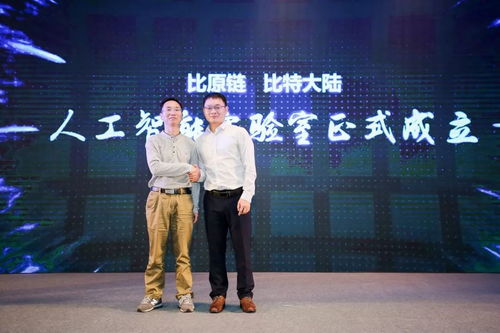The digital frontier is constantly evolving, demanding not only innovative technology but also sustainable practices. In the realm of cryptocurrency mining, particularly for protocols like Bitcoin, Ethereum (pre-Merge), and even Dogecoin through auxiliary proof-of-work systems, the need for efficient and environmentally conscious solutions is paramount. Enter the era of solar-enhanced ASIC miner selections, a paradigm shift promising both economic benefits and a reduced carbon footprint.
ASIC (Application-Specific Integrated Circuit) miners are the workhorses of cryptocurrency mining. These specialized computers are designed to perform the complex calculations required to validate transactions and secure blockchain networks. Their raw processing power, measured in terahashes per second (TH/s) or gigahashes per second (GH/s), directly translates into the likelihood of successfully mining a block and earning a reward in the form of cryptocurrency. However, this power comes at a significant cost: electricity consumption.
Traditional cryptocurrency mining, reliant on fossil fuel-based power grids, has faced increasing scrutiny for its environmental impact. The energy-intensive nature of mining operations contributes to greenhouse gas emissions and exacerbates concerns about climate change. This is where solar power emerges as a compelling alternative.
Solar energy, harnessing the inexhaustible power of the sun, offers a clean and renewable source of electricity. Integrating solar panels into mining operations allows miners to significantly reduce their reliance on the grid, minimizing their carbon footprint and contributing to a more sustainable cryptocurrency ecosystem. Furthermore, in regions with abundant sunlight, solar power can provide a more cost-effective energy solution than traditional sources, particularly in the long term.
Selecting the right ASIC miner is crucial for optimizing profitability. Factors to consider include the miner’s hash rate, power consumption, energy efficiency (measured in joules per terahash or J/TH), and initial cost. A miner with a high hash rate and low energy consumption will generate more cryptocurrency while minimizing electricity expenses. When integrating solar power, it’s essential to choose miners that are compatible with the energy output of the solar array. This may involve selecting miners with lower power requirements or implementing energy management systems to optimize consumption.
Mining farm operations, often located in remote areas with access to cheap electricity, can particularly benefit from solar integration. Establishing solar-powered mining farms allows for greater energy independence and reduced vulnerability to fluctuations in grid electricity prices. Moreover, it enhances the sustainability profile of the operation, attracting environmentally conscious investors and customers. Hosting mining machines in solar-powered facilities becomes a differentiating factor, appealing to miners seeking to minimize their environmental impact.

The convergence of solar power and ASIC mining is not without its challenges. The intermittent nature of solar energy requires energy storage solutions, such as batteries, to ensure a continuous power supply, especially during periods of low sunlight or at night. The initial investment in solar panels and energy storage can be substantial, requiring careful financial planning and analysis. However, government incentives, tax credits, and falling solar panel prices are making solar integration increasingly attractive.
Beyond Bitcoin, the principles of solar-enhanced ASIC mining can be applied to other cryptocurrencies that utilize proof-of-work algorithms, such as Litecoin or even contribute to auxiliary proof-of-work mechanisms benefiting coins like Dogecoin. While Ethereum has transitioned to a proof-of-stake consensus mechanism, the legacy of its mining era highlights the importance of sustainable practices.
The future of cryptocurrency mining lies in embracing renewable energy sources. Solar-enhanced ASIC miner selections represent a significant step towards a more sustainable and responsible industry. By reducing our reliance on fossil fuels and harnessing the power of the sun, we can unlock the full potential of blockchain technology while minimizing its environmental impact. As technology advances and solar energy becomes more affordable, we can expect to see widespread adoption of solar-powered mining operations, paving the way for a greener and more prosperous digital future.

Furthermore, the development of more energy-efficient ASIC miners is crucial. Manufacturers are constantly innovating to reduce the power consumption of their devices while maintaining or increasing hash rates. This enables miners to maximize their profitability and minimize their environmental impact, regardless of their energy source. The combination of highly efficient miners and solar power creates a synergistic effect, further enhancing the sustainability and economic viability of cryptocurrency mining.
Finally, the role of exchanges and the broader cryptocurrency community is critical. Exchanges can promote sustainable mining practices by incentivizing miners who use renewable energy sources. This could involve offering preferential trading fees or highlighting miners who prioritize environmental responsibility. The cryptocurrency community can also support initiatives that promote sustainable mining and raise awareness about the environmental impact of traditional mining practices. By working together, we can create a more sustainable and responsible cryptocurrency ecosystem for all.



















